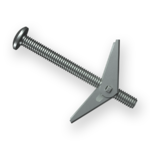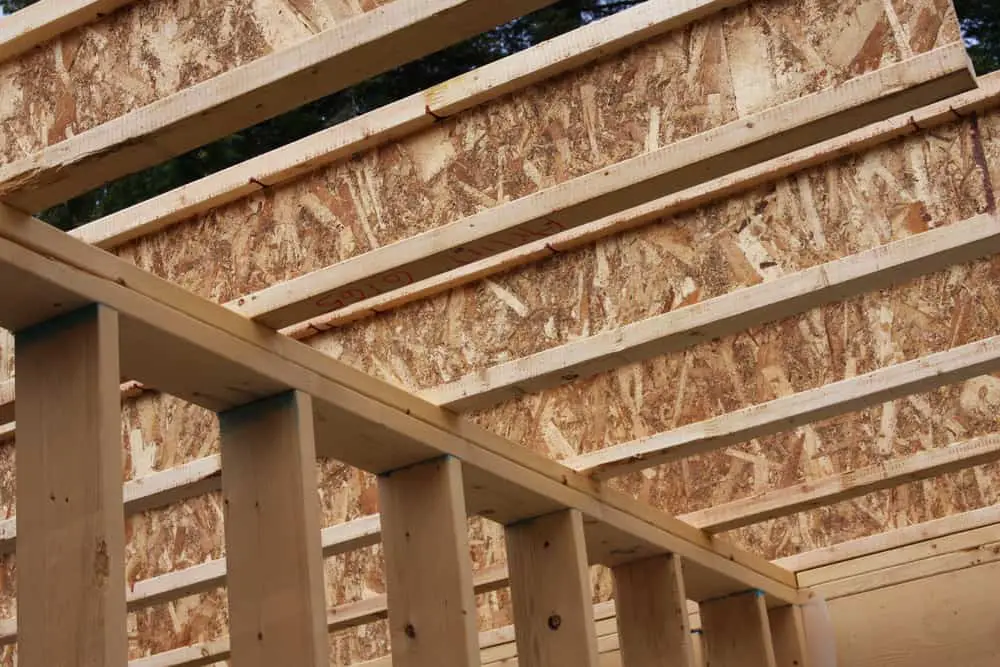As there is a possibility that OH may be coming home from hospital within the next week or two, I need to change our bedroom around to accommodate her needs. This means hanging a 40" on a dry wall. Something I have never done as I am not a DIY person although I have all the necessary tools except a Metal, Voltage & Stud Detector. I doubt very much if there are any wires in the locality where the TV needs to be mounted as prior to us moving in there was a doorway in the area.
I have seen this video which makes it look a fairly simple job. https://www.youtube.com/watch?v=rtXZEmqM-Ec The video is obviously a promotional video for one to buy stuff from the company in question. The Tv is a 40" flat screen TV that is now 14 years old as a Tv that is heavier than current models.
Can someone advise on the simplest route to follow and the best dry wall mountings to use? I will probably only need a packet of about 4 or 6 studs to mount the TV. Thanks.
I have seen this video which makes it look a fairly simple job. https://www.youtube.com/watch?v=rtXZEmqM-Ec The video is obviously a promotional video for one to buy stuff from the company in question. The Tv is a 40" flat screen TV that is now 14 years old as a Tv that is heavier than current models.
Can someone advise on the simplest route to follow and the best dry wall mountings to use? I will probably only need a packet of about 4 or 6 studs to mount the TV. Thanks.



